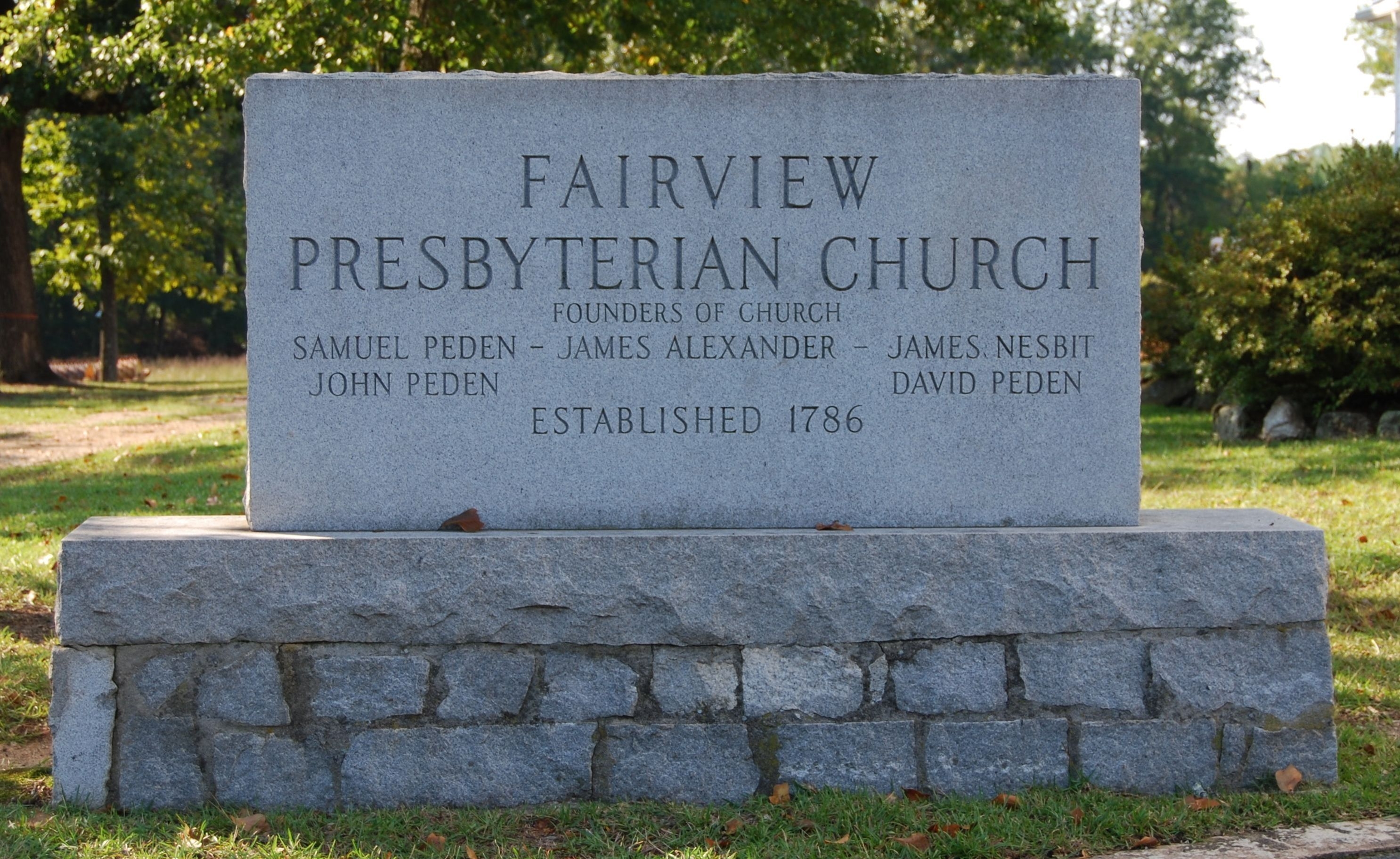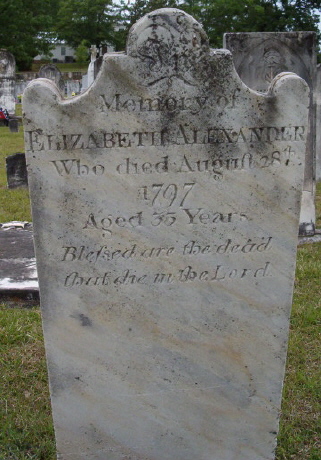 |
| Photo by Brian Scott, via Historical Marker Database |
The land on which the South Carolina church was built was given to the founders in lieu of payment for their service during the Revolutionary War. Prior to that, the land was in the hands of the Cherokee Indians.
John Alexander, though not considered a founder of the church (but an early member and one of the first elected elders), also served during the American Revolution. He was part of the Tyger Irish Company who participated in the Battle of Kings Mountain.
 |
| Photo by Robin Dixson, via FindAGrave |
John married again about 1803. He and his second wife Sarah had more children.
Sometime after 1810, John left South Carolina for Georgia. He eventually settled in Gwinnett County. There, he also attended Fairview Presbyterian Church. Though I find no record of John being part of the founding of this church, he was likely an early member since it was established in 1823. I've yet to find a record of a tangible connection between the Fairview church in Gwinnett County, GA and the one in Fountain Inn, SC. However, it has been stated that the Fairview Church in Fountain Inn "has the proud distinction of being the mother of Presbyterianism in Greenville County, and of many, many churches in other states."
 |
| Photo by S. Lincecum |
 |
| Photo by S. Lincecum |
 |
| Photo by S. Lincecum |
 |
| Photo by S. Lincecum |

Comments
where he died in May 1830.